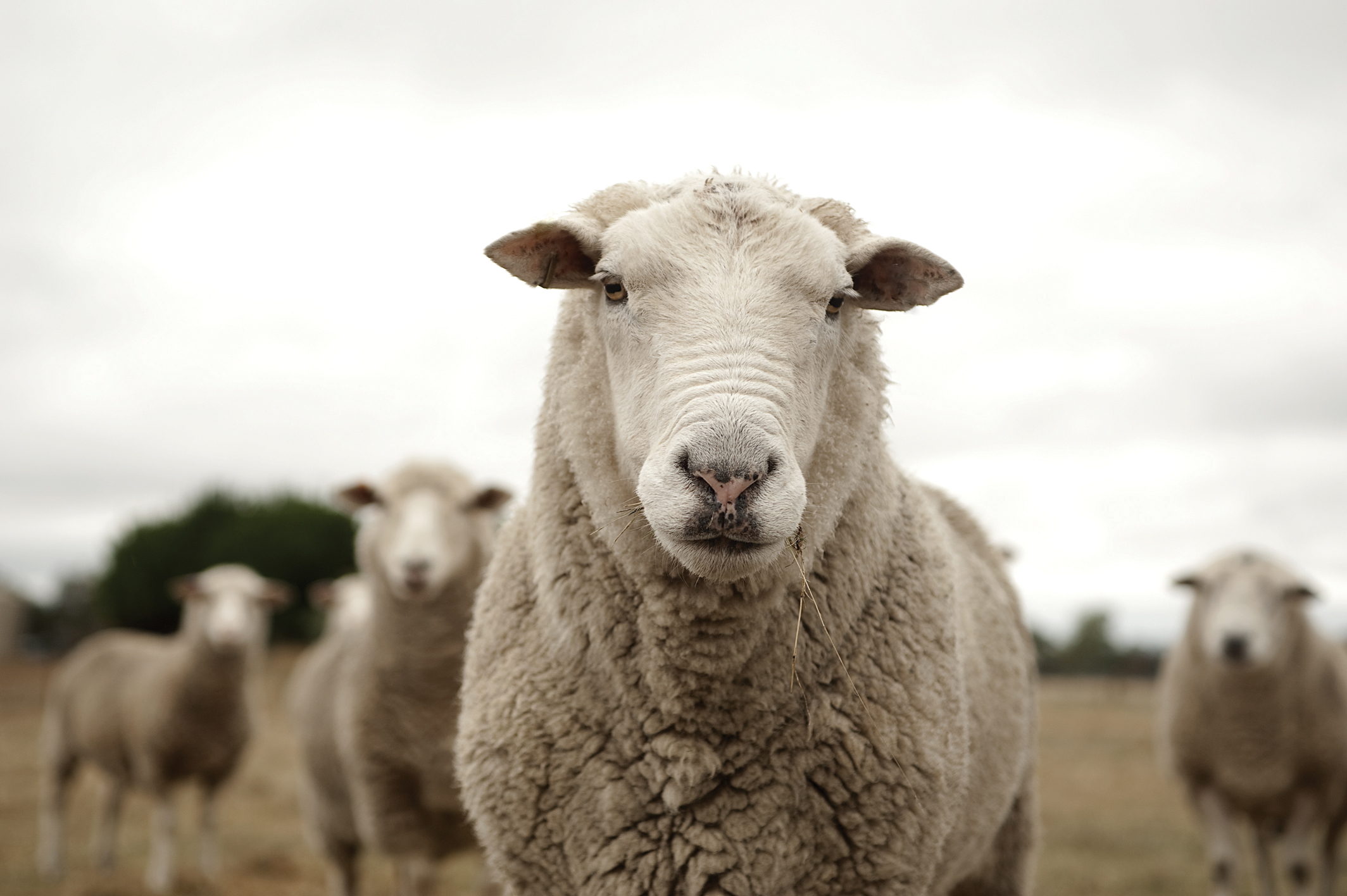A tough exterior
Permanent materials used to be a real selling point. Abode’s architectural expert, Greg Young, asks why New Zealanders have moved away from low maintenance cladding.
Siberian larch is charred using the Japanese Shou Sugi Ban technique to add resilience.
Those of us that have been around for a while will recognise the term ‘permanent materials’. It used to be a headline in real estate marketing, and with good reason.
As an architect, I love timber. I love the natural variations, and the warmth it gives. In our practice, if we stain or oil it, then we make sure our clients are told about the maintenance requirements.
This seems to be a conversation that has been forgotten recently. Wherever you look you see timber houses that need maintenance, and the longer it’s left without, the more it will cost to resurrect it. The only people happy with this are those that own scaffolding companies and health and safety offices.
I can just hear grandparents everywhere muttering about the stupidity of youth, and about how they spent their weekends sanding and repainting their timber-clad villas and bungalows, in order to maintain its permanence.
Creative use of timber formwork mimics the look of wood with the permanence of concrete.
So, what are the options if you want to reduce your maintenance commitment?
Firstly, don’t discard timber.Young Architects is currently working with charred Siberian larch on a number of projects. This technique is officially called Shou Sugi Ban and has been used in Japan for several hundred years. By charring the surface of the timber, you give it resistance to both weather and fire, sealing the surface and changing the molecular structure of the timber, giving it a much more permanent finish, and an aesthetic very similar to staining it black.
Another option is to let timber weather off to a natural grey finish or, as we have done on projects recently, use timber as formwork for concrete walls so that they look the same as weathered timber, but with the permanence of concrete.
We have also used weathering steel on several projects – this is also known as Corten, which is a trade name some are familiar with. This steel is used in containers and is very resistant to corrosion. In its weathered, unfinished form, it appears slightly rusted in colour and texture, but due to the copper in its alloy, this is a finish that is actually just a patina rather than a deterioration in material.
Secondly, never ever discount brick. In recent decades, New Zealand has used brick very poorly, treating it as a cheap cladding material and throwing it up as quickly and crudely as possible to keep costs down. But historically brick has been used beautifully, with a richness of texture and depth that we’re starting to rediscover.
A good example of what can be achieved with brick is to compare what architects do with brick versus housing companies. The devil is in the detail, and the detail makes all the difference between something that looks bland and something that looks beautiful.
03 384 7879 | young.co.nz









